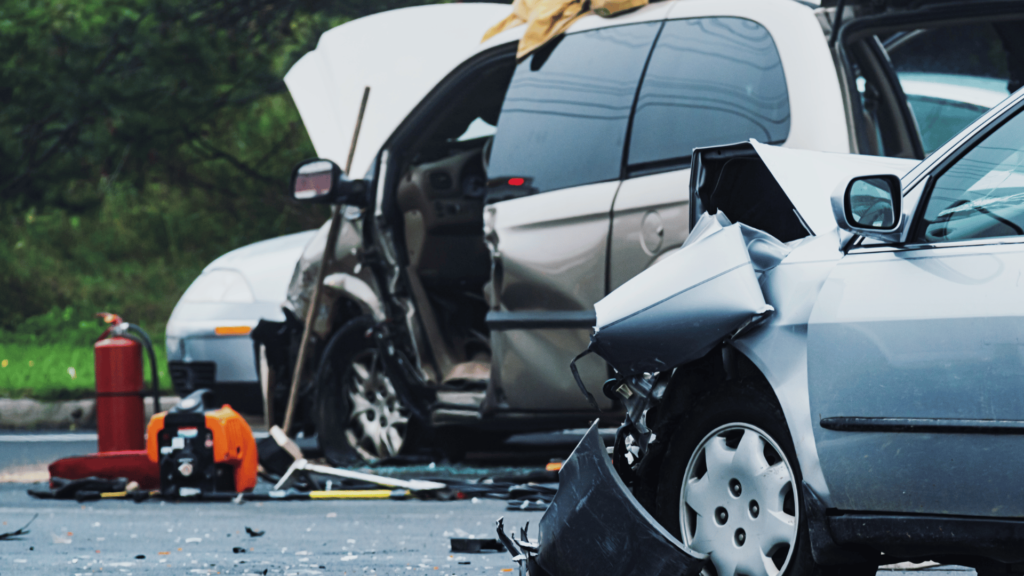September 30, 2025
Fleet Driver First Aid: Why a Checklist Isn’t a Plan

September 30, 2025

It’s the call every fleet manager or safety director dreads.
One of your drivers has been in a serious accident. They’re miles from the office, on the side of a busy road, and someone is hurt.
What happens in the next five minutes?
Does your driver know what to do besides call 911? Does their “first aid training” stop at the tiny box of band-aids you’re required to have in the truck?
Here’s the hard truth: a roadside accident is a chaotic, high-adrenaline scene. A laminated checklist in the glove box is not a plan. It’s a wish.
This post isn’t a first aid manual. You can’t learn this from a blog. This is a look at the critical, high-stakes gaps that only real training can fill.
In a real crash, panic sets in. The “right thing to do” gets blurry. This is where your liability lives, and it’s where training makes the difference.
Stop Guessing. Start Training.
A roadside emergency is the worst possible place to test your team’s skills.
Our Workplace Safety: Crisis Management course isn’t just a video. It’s a crisis-response plan. It gives your drivers the confidence to act correctly, protect themselves, and manage a scene until professional help arrives.
You can’t “DIY” emergency preparedness, but you can build a framework that protects your people and your company.
You can’t cram for a crisis. The only way to turn panic into purpose is to build the muscle memory before you need it.
A blog post is for information. A training course is for action.
Ready to build a safer fleet? Explore our Workplace Safety: Crisis Management and Emergency Planning Training Course to build a team that’s ready for anything.
Q: Isn’t a basic first aid kit enough for DOT compliance? A: Compliance is the bare minimum. A small kit checks a box, but it won’t help in a life-threatening emergency. This training is about reducing liability and protecting your people, which goes far beyond basic compliance.
Q: Why can’t I just give my drivers a checklist? A: A checklist is useless if the person holding it is in a panic. Training builds muscle memory and confidence, so your team can act calmly and decisively. A checklist is a reminder; training is the skill.
Q: What’s the real ROI on this kind of emergency training? A: The ROI is preventing a small incident from becoming a catastrophic one. It’s in reduced insurance claims, minimized downtime, stronger employee confidence, and proving your company has a robust safety culture. A single lawsuit or lost-time injury will cost far more than this training.
Disclaimer: This guide is for general education and is not a substitute for professional medical advice. In an emergency, call 911.